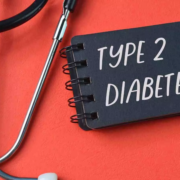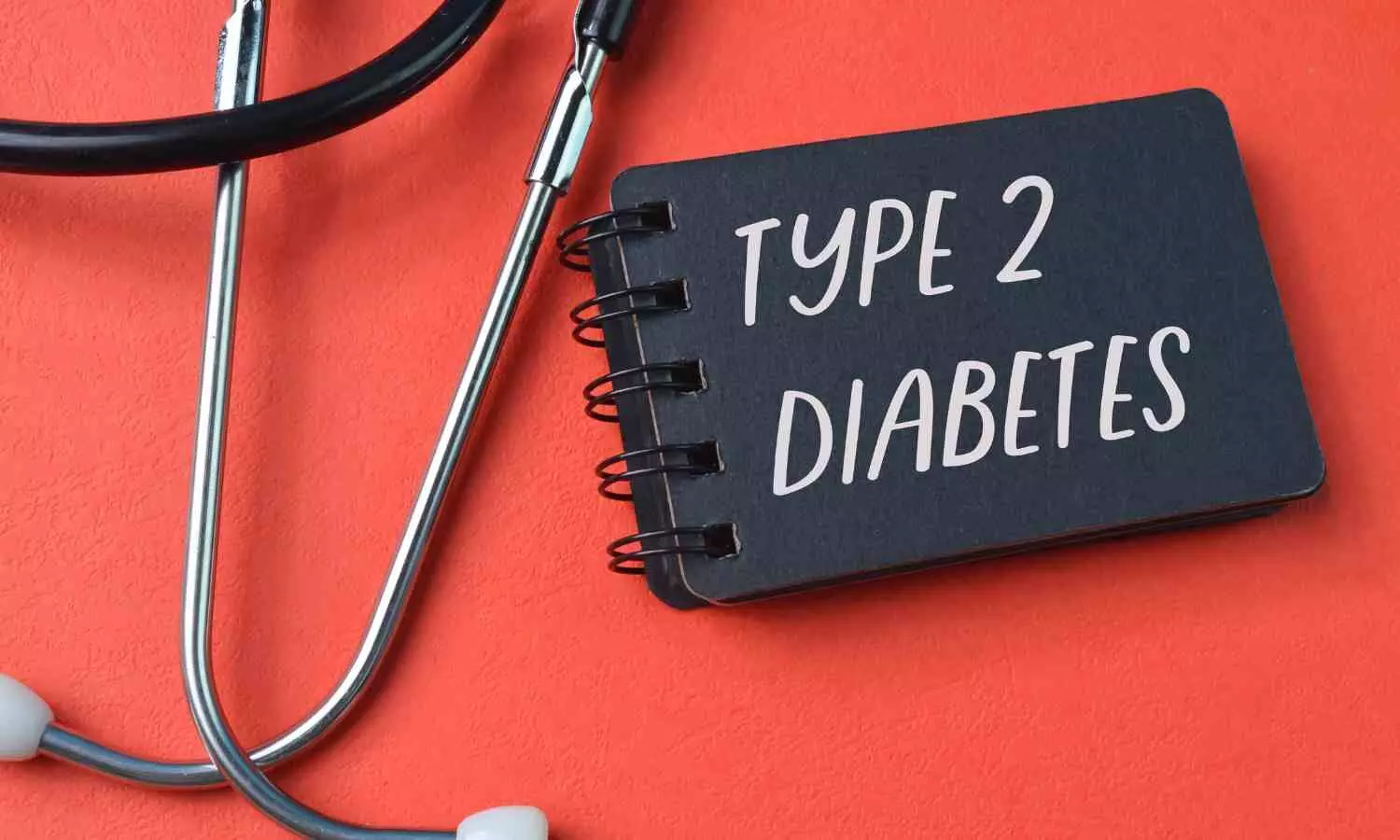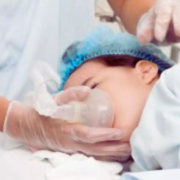West Bengal Govt launches Central referral system in 5 medical colleges

Kolkata: The West Bengal government has launched a central referral system linking five government medical colleges in Kolkata, along with launching a digital bed vacancy monitor at one of these facilities.
This move comes in response to demands from junior doctors, who have been protesting following the tragic rape and murder of an on-duty medic at RG Kar Medical College and Hospital on August 9.
According to the PTI report, the central referral system would allow hospitals in districts to requisition a bed in medical establishments in the city before referring a patient.
On the other hand, with the bed vacancy monitor set up at NRS Medical College and Hospital, people will be able to see the number of beds occupied by patients in different departments, as well as those available.
Also Read:Delhi AIIMS planning for patient referral system to enhance patient care services
“The central referral system was made functional at five medical colleges in the city today. It would take a few more days for complete implementation of the entire process,” the health department official told PTI.
The five health facilities are Calcutta Medical College and Hospital, SSKM Hospital, RG Kar Medical College and Hospital, NRS Medical College and Hospital and National Medical College.
The same would be gradually implemented throughout the state soon, the official said on Friday.
Talking about the system, the official said that those hospitals in rural Bengal, which are linked to these medical establishments in the city, would generate a requisition for a bed through a portal for a patient who needs better medical facilities, news agency PTI reported.
“Once the requisition is made, these hospitals in Kolkata will update the information on the availability of beds. After receiving a green signal from one hospital in the city, the rural hospital will initiate the process of transferring a patient,” he said.
Incidentally, the central referral system was made operational at the two district hospitals.
About the digital bed vacancy monitor at the NRS Medical College and Hospital, the official said, “You will get updated figures on the display board helping the people with the information of bed occupancy in each department.”
Also Read:Kolkata Doctor Rape Case: IMA Chief meets JP Nadda, calls for central law on doctor safety
Powered by WPeMatico









